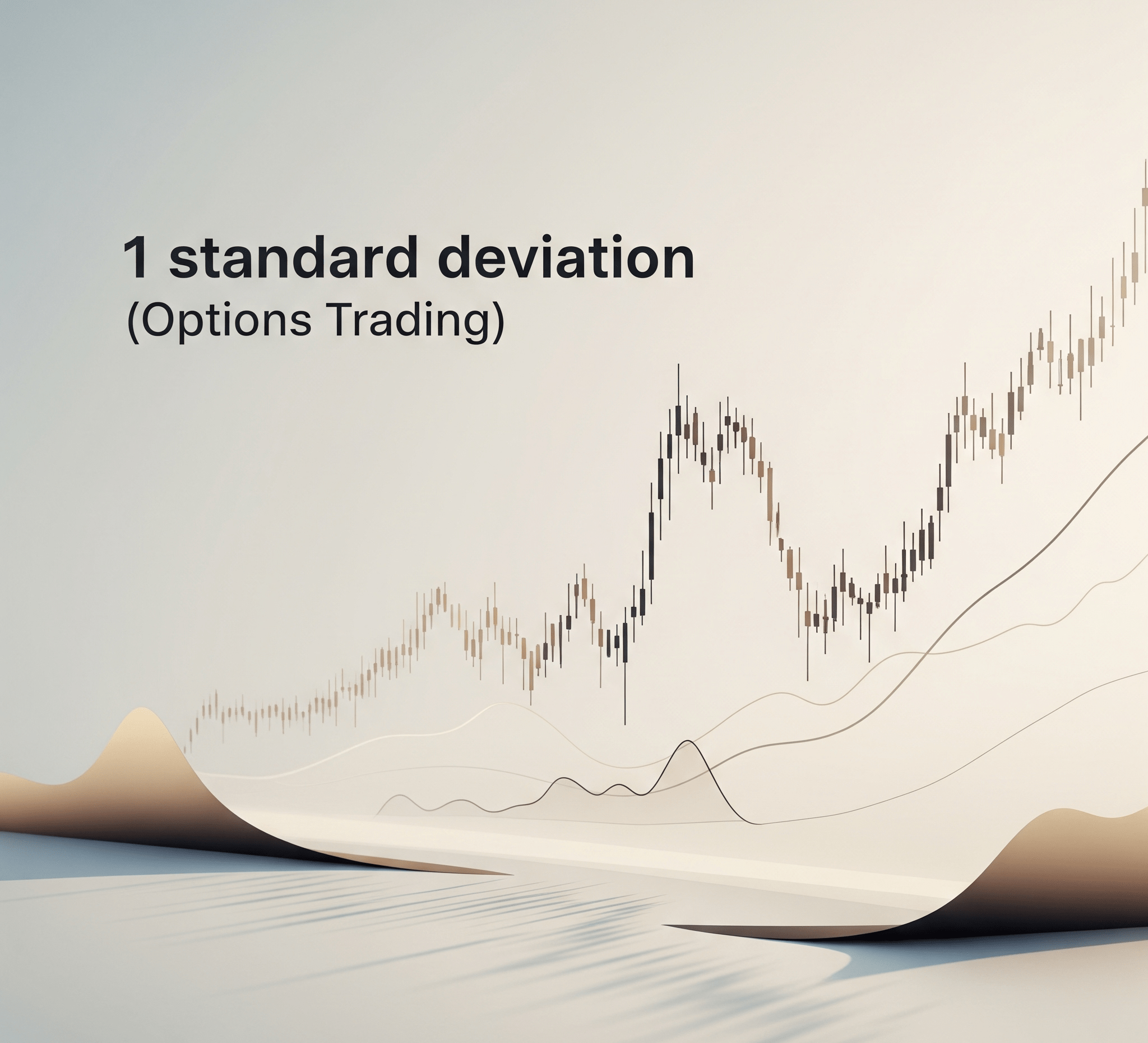
To make use of the 1SD trend levels effectively requires strong fundamentals in Fibonacci principles. While many traders dismiss Fibonacci ratios as mere numbers, these values hold significant meaning - each ratio serves as a powerful sentiment indicator in market analysis.
Below given Nifty Future, Trend Level for 2015, Nov, 3rd Week| Ratio | Value | Upper Target | Lower Target |
|---|---|---|---|
| 0.236 | 32.70781048 | 7802.708 | 7737.292 |
| 0.382 | 52.9423034 | 7822.942 | 7717.058 |
| 0.5 | 69.29620863 | 7839.296 | 7700.704 |
| 0.618 | 85.65011387 | 7855.65 | 7684.35 |
| 0.786 | 108.93364 | 7878.934 | 7661.066 |
| 0.888 | 123.0700665 | 7893.07 | 7646.93 |
| 1.236 | 171.3002277 | 7941.3 | 7598.7 |
| 1.618 | 224.242531 | 7994.243 | 7545.757 |
For the past two months, I've consistently published Nifty future levels based on Fibonacci and 1SD formulas. These reports reveal crucial psychological indicators in market behavior. By closely examining these levels, we can identify key patterns that inform effective option strategies for short-term trading objectives.
When price action fails to cross and maintain the 0.382 retracement level, it typically indicates an impending trend reversal. In our current Nifty example:
When price maintains above 0.382 on closing basis, it typically progresses to test higher Fibonacci levels:
When price holds above 0.786 on closing basis, higher Fibonacci extensions become probable: